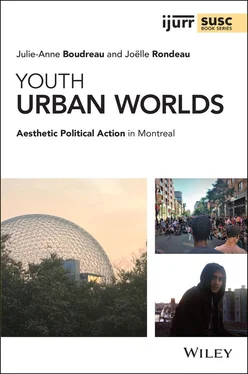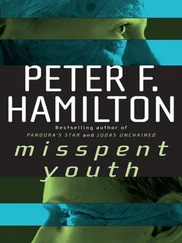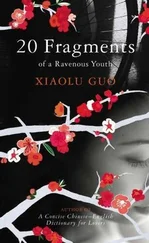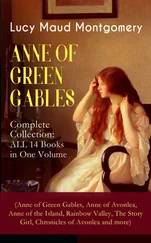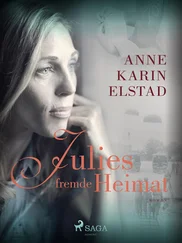Because of global urbanization processes, the urban experience is no longer spatially and temporarily bounded to the city. In The Politics of the Encounter , Andy Merrifield (2013, p. xvii) provocatively suggests foregoing the concept of the ‘city’; in his own words, ‘to give up the ghost of thinking in terms of absolutes – of entities with borders and clear demarcations between what’s inside and what’s outside’ and instead embrace ‘the urban process as a form that is formlessly open‐ended’ (Merrifield 2013, p. xviii). Yet, as we explore it here, the urban process remains in important ways shaped by situated aesthetic experiences and political acts that accumulate in given urban environments (see also Boudreau 2017).
To explore the significance of the ontological shifts from a world of nations‐states to a world of cities, as described earlier, epistemological perspectives from the field of environmental aesthetics are useful. Rather than focusing on the aesthetic appreciation of mute and passive objects, this tradition of thought has been centred on the aesthetic experience and appreciation of any kind of everyday life situation (routinized or breaking from the perceptions associated with the routine) and any kind of environment, including urban environments.
Arnold Berleant is a New York‐born philosopher who became a prominent figure in this field, laying the groundwork of the theory of aesthetic engagement (Carlson 2019). Foundational to this theory, by contrast to the posture of a detached and contemplative observer, is a continuity of perceptual engagement in the environment; the sensuous and sensate body’s full immersion ‘in a single intraconnected realm’ inhabited by ‘humans and all other things’ affecting and affected by everyone and everything (Berleant 1992, p. 9). It rejects the notion of environment as a container or an object that exists independently or externally to the perceiving subject. ‘There is no outward view, no distant scene. There are no surroundings separate from my presence in that place. There is rather a full awareness focused on the immediacy of the present situation, an engaged condition that encompasses richly inclusive perceptions and meanings’, writes Berleant (1992, p. 34). It foregrounds an ontology of the relation and the milieu rather than an ontology of the object (Thibaud 2010, p. 11).
The development of environmental aesthetics has been closely related to the environmental movement as it emerged in the United States in the 1960s and 1970s. Two rather distinct orientations have crystallised within the field over the years: cognitive and noncognitive. The former is centred on the importance of having ‘knowledge of what something is, what it is like, and why it is as it is’ (Carlson 2019) in order to appreciate its aesthetic dimensions and qualities (e.g. the earwigs in Chapter 4). The latter is focused on the realm of precognitive sensations and inclinations, including the imagination, which arguably participate in shaping aesthetic experience and informing aesthetic appreciation. The aesthetic of engagement is most closely associated with this noncognitive orientation (Thibaud 2010; Carlson 2019).
While the field has led to the development of a significant body of research on the aesthetic experience and appreciation of urban environments, the intellectual and academic projects sustained through this scholarship have in many cases remained attached to the normative political goal of distinguishing how environments lead to or could increase human well‐being and quality of life (Thibaud 2010). An implicit normativity orients this engagement with aesthetics. This is not our primary focus here.
Nonetheless, as part of a broader turn to affect in geography and urban studies, this field has opened theoretical perspectives by which to interrogate, beyond representational models of signification, the role of sensations, perceptions, feelings, and meanings as they are shaped by and give shape to routines of our everyday lives and urban experiences.
In this book, we explore more specifically the significance of diverse aesthetic relations and political forms influenced by the contemporary conditions of urbanity, by various urban political orders (pertaining to substantially different youth urban worlds), and by the aesthetic feel of certain places in an interconnected yet specific urban environment: Montreal. In this endeavour, we closely examine the workings and political effects of two precognitive modalities of aesthetics engagement and political action that have not received enough attention in academic scholarship: seduction and attraction.
Let us for a moment return to Young’s account of eroticism. Young (1990) emphasizes people’s relation to the spaces, times, and peoples of the city. In short, although she does not use these terms, she acknowledges that agency is distributed among human and other‐than‐human actors. The problem with the ideal of community life, she insists, is that it rests on the need for recognition. City life, in contrast, thrives on attraction to differences, not the search for recognition. Speaking of other‐than‐human forces, Stengers (2005, cited in de la Cadena 2010, p. 352) notes that ‘the political arena is peopled with shadows of that which does not have a political voice’. She is referring here to material forces, such as mountains and forests – and, inspired by Young, we could add specifically appealing buildings, objects, markets, and so on. City life is characterized by attraction to such material and human forces. Connolly (2011) speaks of the ‘proto‐agency’ of non‐human actors which disrupts our sense of perception through unexpected vibrations. When we allow proto‐agents to disturb our sense of perception (when, to use de la Cadena’s words, we let earth‐beings have a political voice), we distribute agency outside the sovereign, rational individual. In other words, in a world of cities, we need to zoom in on precognitive encounters between bodies, material artefacts, and spaces as elements of the political process . These encounters involve finesse, attuning, fascination, attraction, magnetism, seduction.
Conceiving of political action through a distributive sense of agency can challenge the democratic notion of personal responsibility. If agency is distributed, how can we attribute the effects of action to someone? In order to untie this conundrum, we follow Krause (2011, p. 301) in defining agency as ‘the affirmation of one’s subjective existence through concrete action in the world’. Whatever we do, intentionally or not, it has an effect in the world. For example, we might unintentionally look at a group of Black youths gathered at a subway station in the Saint‐Michel neighbourhood with disgust or fear, and it would have an effect on the individuals receiving this gaze. Such political gesture may not be rationally and strategically planned as a racist act, but it has an effect. We are responsible for our gesture, even if it was not cognitively planned. The embodied political gesture of looking with disgust or fear at other bodies in this specific moment and place produces effects on those bodies and on the signification of that place. In short, distributive agency, in the sense of analytically incorporating all forces at play in political action, from proto‐agents and earth‐beings to reflexive individuals, does not mean stripping away political obligations and responsibility for one’s involvement in the situation, intentional or not.
A critical attention to the political effects of precognitive and distributive aesthetic modalities of political action therefore also requires that we understand aesthetics not only as a domain of sensations, but also as a socially, culturally constructed domain of judgement. Perceptions (skin colours, body shapes, greens coming out of concrete) and the values ascribed to them (what is considered beautiful, disgusting, fearful, etc.) are influenced by ideologies and social education, and in turn effectively ‘partition the sensible’, as Jacques Rancière (2000) would say. Rancière’s understanding of the distribution of the sensible ( le partage du sensible ) has ‘in recent years become de rigueur in Anglophone political theoretical mobilizations of the relationships between aesthetics and politics’ (Jazeel and Mookherjee 2015, p. 354; see also Shapiro 2010; Dikeç 2015).
Читать дальше
